The Super-Mid Jet Section
Discover our partner Legacy
Legacy understands that the primary drivers for private aviation are maximizing time and control. Business leaders and Ultra-High Net Worth private travelers need to get the most out of every minute and have the ability to control their travel schedule as simply and efficiently as possible.
Legacy’s world-class concierge program coupled with the power of the Nomad Hill travel platform allow clients to effect changes to their complex travel itineraries (aircraft schedule, hotel bookings, ground transportation services, VIP arrangements) all though a single point of reference affording even the most exacting client the power to control their schedule and react to opportunity in today’s fast-paced global environment.
Legacy Aviation Group has developed one of the most comprehensive Flight Card Programs in the industry, allowing our clients unmatched accessibility to a multitude of new aircraft. We are dedicated to providing you with flexibility and enjoy private jet travel without the additional fees and burdens found with our competitor card programs.
Aircraft safety is always our primary focus and never sacrificed. All aircraft maintain the highest rankings on all 12 ARG/US Platinum safety-rating categories. We believe that safety is primordial in the business jet travel industry.
Find the jet that fits your needs below.
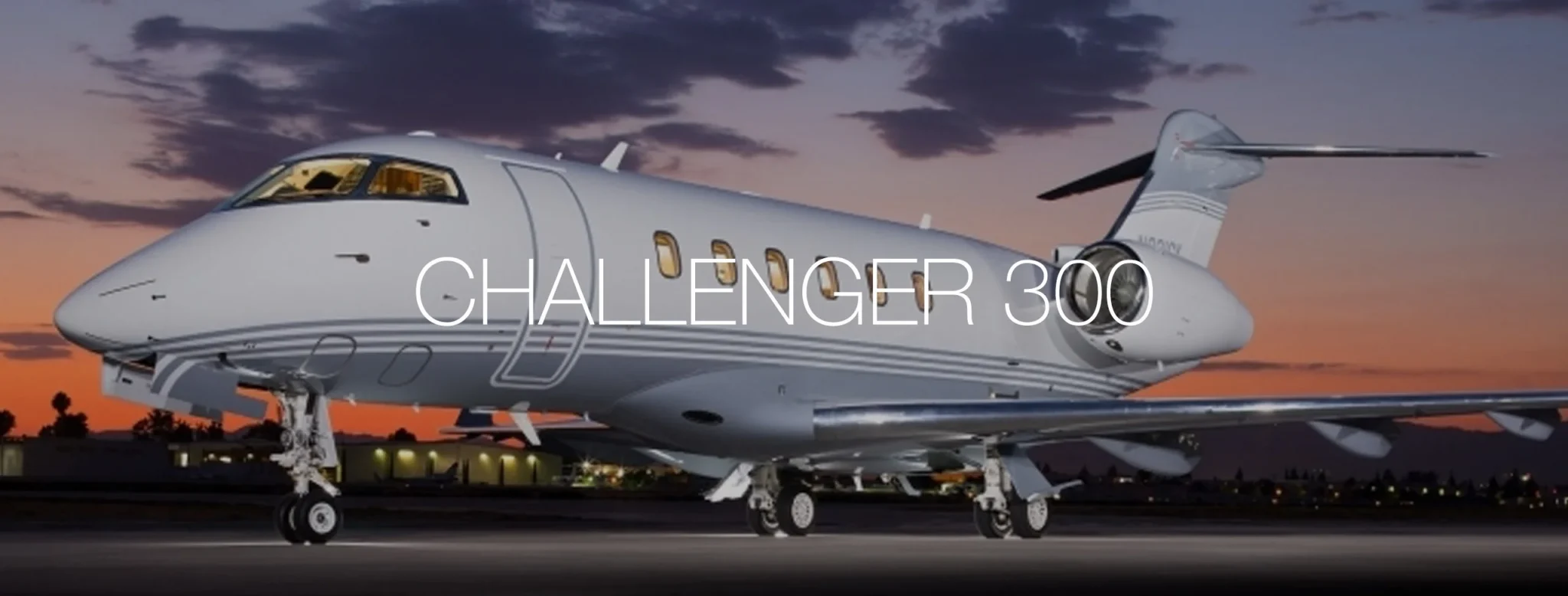
CHALLENGER 300
Discover the CHALLENGER 300
The Challenger 300, formerly known as the Continental, is Bombardier’s entry into the super mid-sized battle for supremacy. It is a transcontinental range eight-seat corporate jet, which will sit in the company’s model line-up between the Learjet 60 and Challenger 600 series.
The Challenger 300’s 860 cubic feet of cabin volume provides true double-club seating for eight passengers. It has Honeywell HTF 7000 engines are expected to give the Continental 20% more range than the leading mid-size business jet and a Collins Pro Line 21 avionics suite.
The aircraft was certificated in 2003.
Passengers
8
Cabin Dimensions
1,256 Cubic Feet
Range
3,065 Nautical Miles
Speed
470 Mph
Cargo Capacity
106 Cubit Feet
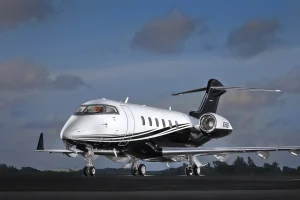
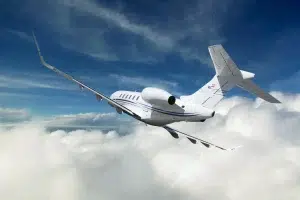
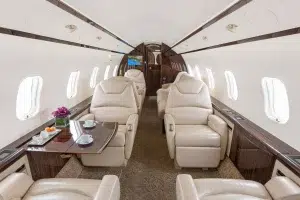



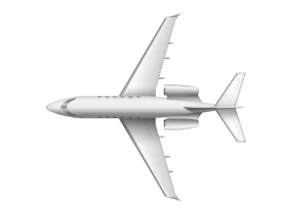
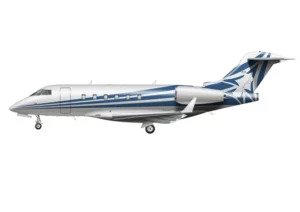
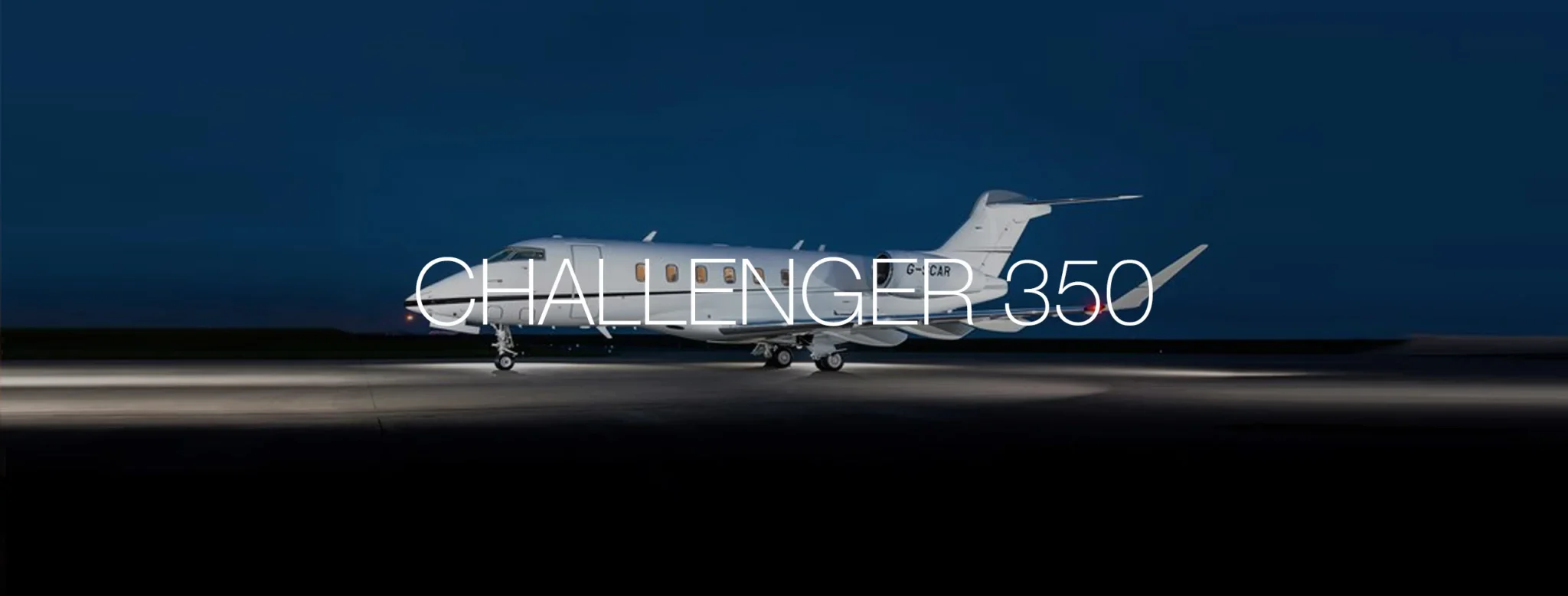
CHALLENGER 350
Discover the CHALLENGER 350
The Challenger 350 is Bombardier’s upgrade to the successful Challenger 300. At a premium of $1M over the 300, the significant updates include a new, wider wing that incorporates winglets, Honeywell HTF7350 engines giving around 500 additional pounds of thrust, and the Advanced iteration of Rockwell Collins Pro Line 21 avionics suite.
The larger wing will allow a higher MTOW, now 40,600 pounds, and a new NBAA IFR range of 3,200 nm. Carrying over from the Challenger 300 is the 930 cubic foot cabin volume, true double-club seating for eight passengers, but now with updated interior appointments and larger cabin windows.
Passengers: 8
Range: 3,200 nautical miles
Cabin Dimensions: 1,256 cubic feet
Speed: 459 MPH
Cargo Capacity: 106 cubic feet
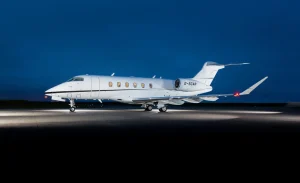
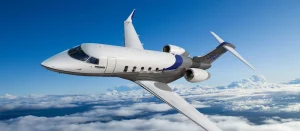
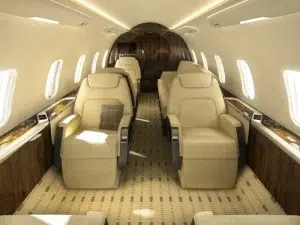
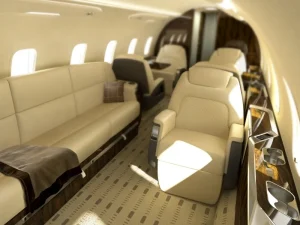


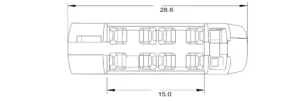
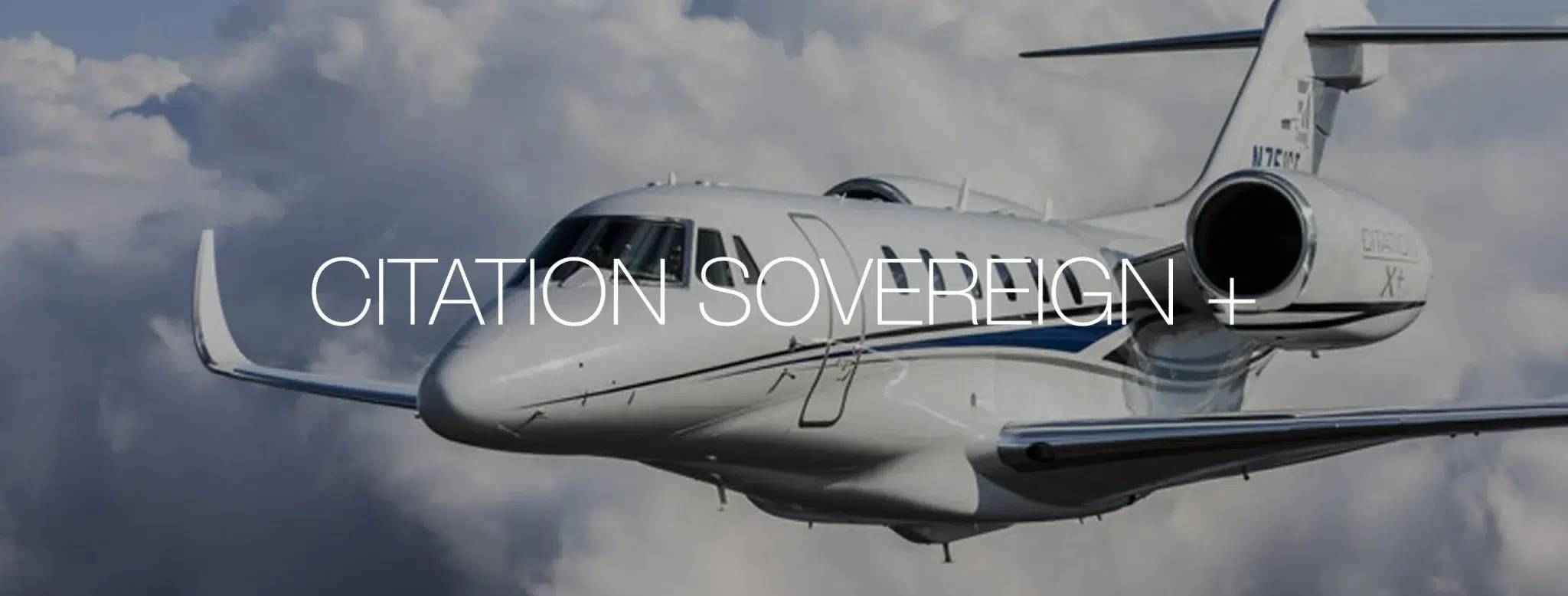
CITATION SOVEREIGN +
Discover the CITATION SOVEREIGN +
The Sovereign combines a slightly modified Citation X cabin, with a brand new wing. Cessna thought about designing an all new fuselage cross section for the Sovereign but decided instead to use the existing fuselage to keep down costs and reduce development time.
The Sovereign is equipped with two Pratt & Whitney PW-306C engines and has a new, swept supercritical wing. The Sovereign has a Honeywell Epic LCD avionics suite, TCAS and EGPWS.
The first flight of the prototype was made on February 27, 2002. Certification was obtained in 2004 and deliveries started shortly after that.
Cessna introduced a new variant of the Citation Sovereign at the 2012 NBAA Convention in Orlando, Florida. The New Citation Sovereign has an increased range of approximately 150 NM due to the installation of winglets and Pratt & Whitney Canada PW306D engines. The New Sovereign is also equipped with the Garmin 5000 avionics suite.
Passengers: 8
Range: 2,773 nautical miles
Cabin Dimensions: 793 cubic feet
Speed: 409 MPH
Cargo Capacity: 135 cubic feet
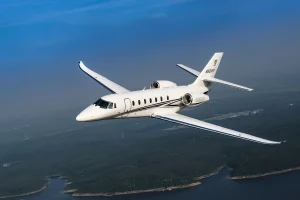
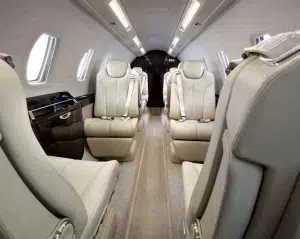
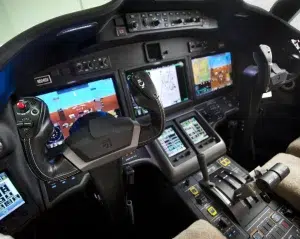

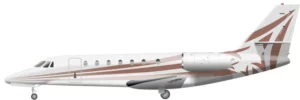
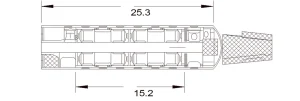


CITATION X+
Discover the CITATION X+
The Citation X is Cessna’s largest, fastest and longest-range aircraft and is recognized as the fastest business jet in current production. The Citation X has a cabin that is five feet longer with greater head and shoulder room than that of the Citation III.
The Citation X comes with FADEC equipped Rolls-Royce AE 3007C1 engines that produce 6,000 pounds of thrust each. The Citation X also has a new technology wing with a sweep of 37°. It has a Honeywell Primus 2000 EFIS avionics suite with five color LCD displays.
The prototype flew for the first time on December 21 1993. First customer delivery was to golfer Arnold Palmer in 1996.
In 2010 Cessna started an update program to the Citation X dubbed the Citation TEN. Major changes include the Garmin 5000 avionics suite, new Rolls Royce AE3007C2 engine, a 15 in cabin extension, increased Maximum Takeoff Weight and winglets. The Garmin G5000 Integrated Flight Deck includes three 14 inch displays and four touch screen control panels. The Rolls Royce AE3007C2 engines produce more power at a lower fuel consumption than the previous power plants.
Passengers: 8
Range: 3,229 nautical miles
Cabin Dimensions: 790 cubic feet
Speed: 500 MPH
Cargo Capacity: 82 cubic feet
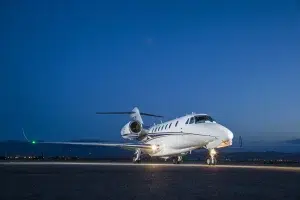
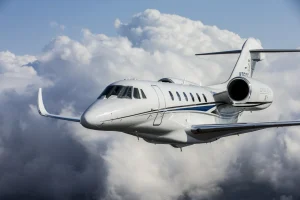
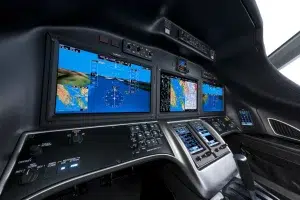
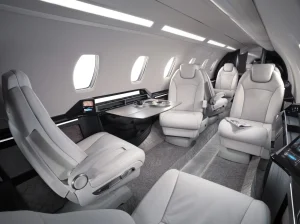
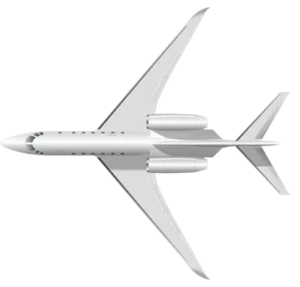


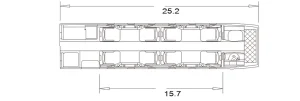

FALCON 50EX
Discover the FALCON 50EX
n 1973 Dassault began planning a long range, intercontinental version of the Falcon 20. The first idea was to go with a two engine aircraft but they elected to go with three engines for airline standards of safety. When the engineers showed their plans to Marcel Dassault he told them to proceed but to also put the aircraft on the new supercritical wing that was already being designed for the Falcon 10. Three Honeywell TFE 731 engines mounted in the tail section power the Falcon 50. When the engineers were finished computer designing the Falcon 50 not only had a new supercritical wing but also a new lightweight fuselage.
Production of the Falcon 50 stopped in 1996 due to the introduction of the Falcon 900. Customers kept requesting it so Dassault brought it back, re-engine the Falcon 50 with the new Honeywell TFE 731-40, and called it the Falcon 50EX.
The Falcon 50EX’s housekeeperen flight was on April 10, 1996.
Passengers: 9
Range: 3,100 nautical miles
Cabin Dimensions: 975 cubic feet
Speed: 476 MPH
Cargo Capacity: 114 cubic feet
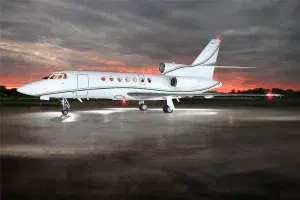
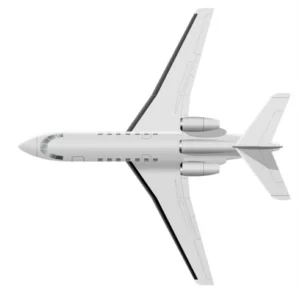
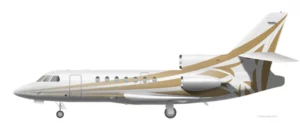
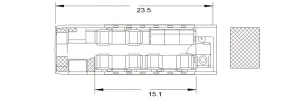

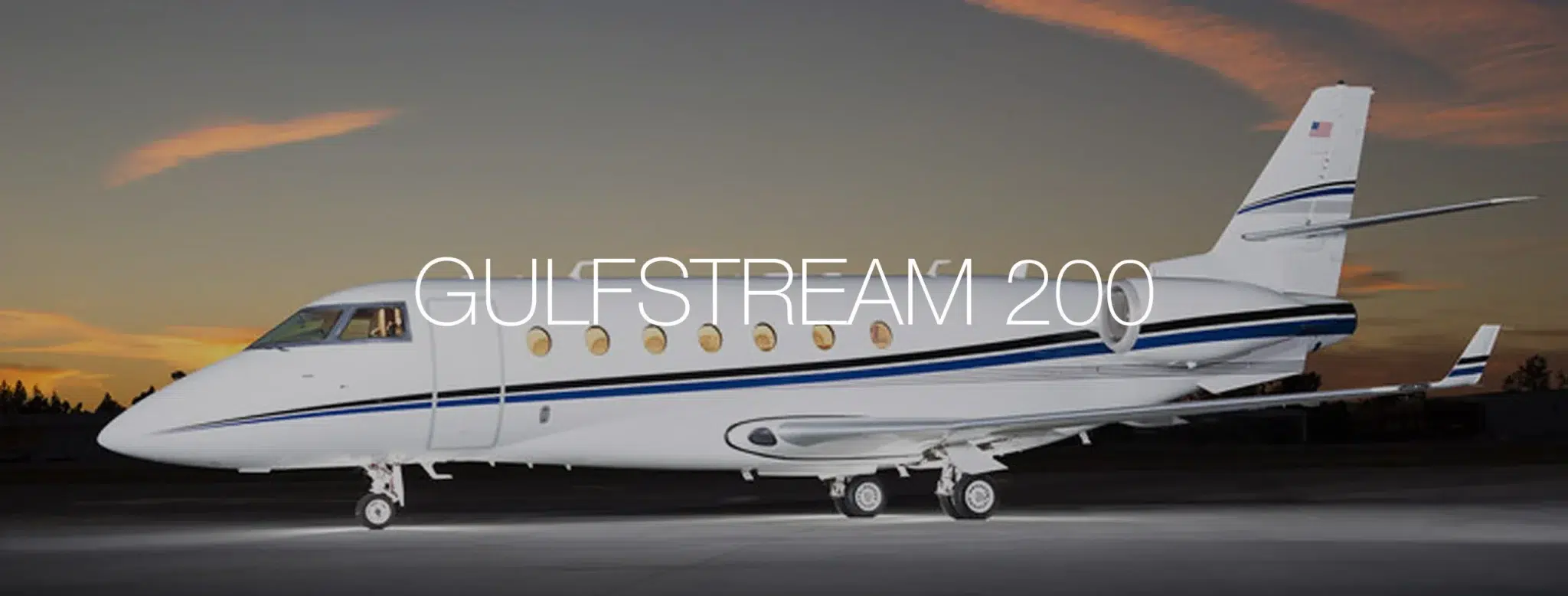
GULFSTREAM 200
Discover the GULFSTREAM 200
Design work on the Galaxy (initially called the Astra Galaxy) began in the early 1990’s by Israeli Aircraft Industries (IAI) and was IAI’s entry into the Super Mid-Sized business jet market. General Dynamics acquired Galaxy Aerospace in 2001 and renamed the jet, the Gulfstream 200. Its cabin can comfortably seat eight passengers and comes with a galley and aft lavatory. By using a step-down aisle the cabin has 6.3 feet of headroom.
The Gulfstream 200 is powered by Pratt and Whitney PW306A engines. The Gulfstream 200 also feature an EFIS Collins Pro Line 4 cockpit with nonstop trans Atlantic and one-stop trans Pacific range.
The Gulfstream 200 first flew in 1997, received its certification in 1998.
Passengers: 10
Range: 3,130 nautical miles
Cabin Dimensions: 1,111 cubic feet
Speed: 449 MPH
Cargo Capacity: 150 cubic feet

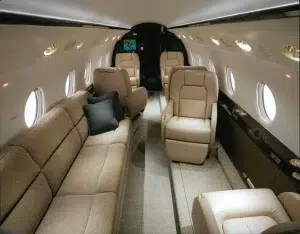
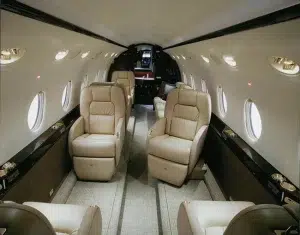
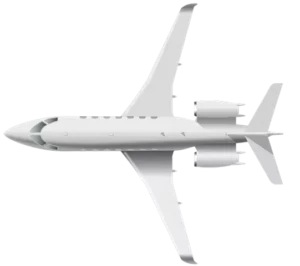
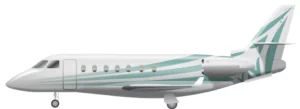
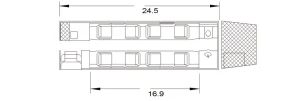

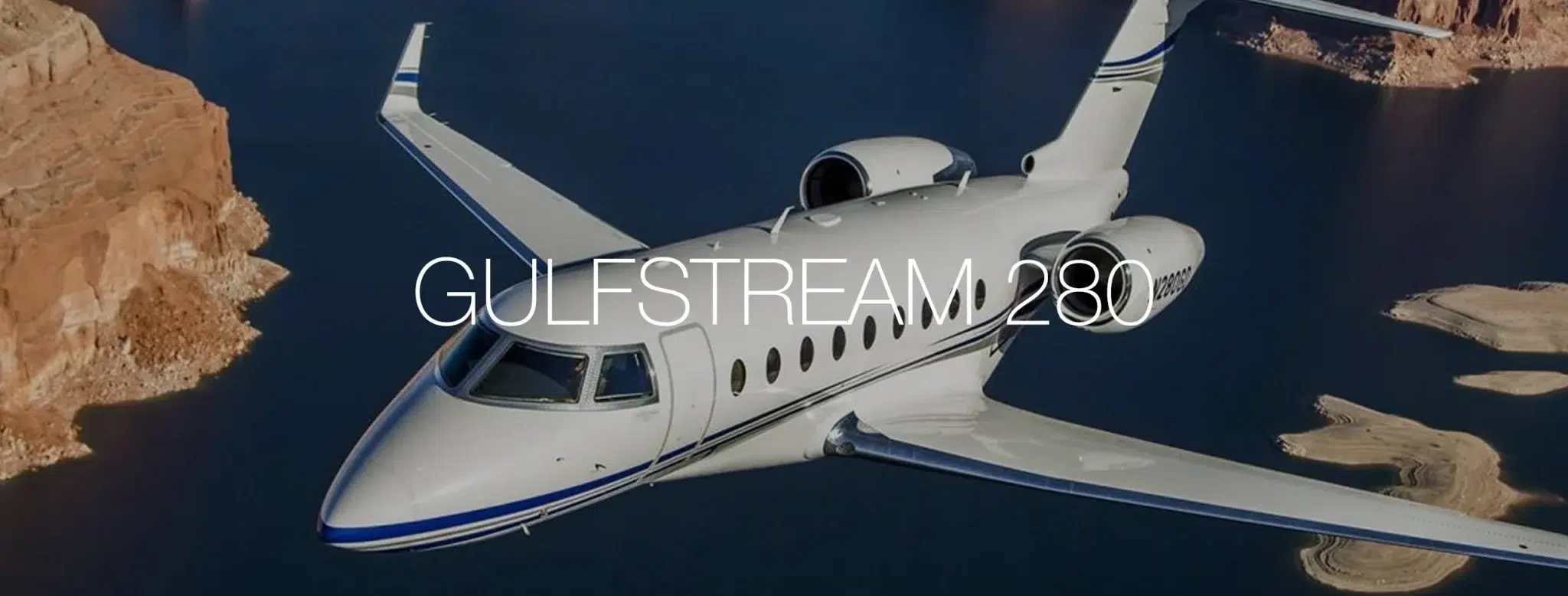
GULFSTREAM 280
Discover the GULFSTREAM 280
Designed by Gulfstream and built by Israel Aircraft Industries, the G250 is a replacement for the venerable G200, the G250 was publically announced at the NBAA convention in October 2008, although it was one of the worst kept secrets in recent memory. First flight was accomplished on December 11, 2009. Certification is expected in Israel by 2011 with first deliveries that same year. The G250 is a complete new certification, not a modified G200.
A PlaneView 280 Avionics Suite, based on the Rockwell Collins Pro Line Fusion suite is standard. The G250 is also available with a Heads Up Display (HUD).
IAI and Gulfstream removed the G200’s aft-fuselage fuel tank enabling a bigger cabin and access to the aft baggage from in flight. The G250 seats 8-10 passengers and is equipped with a lavatory and a galley.
Also, all the fuel is now contained in the wing. And, another benefit of the new wing versus the G200’s wing are shorter take-off distances. Auto braking comes as standard. Honeywell HTF7350G engines provide 7,445 pounds of thrust each.
Gulfstream renamed the G250, the G280, in 2011 to better the appeal to some Asian customers.
Passengers: 10
Range: 3,590 nautical miles
Cabin Dimensions: 1,111 cubic feet
Speed: 459 MPH
Cargo Capacity: 154 cubic feet

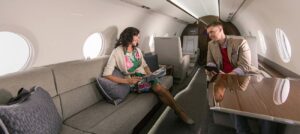

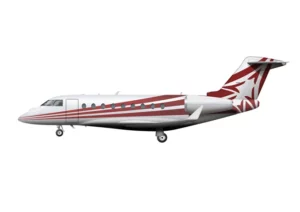
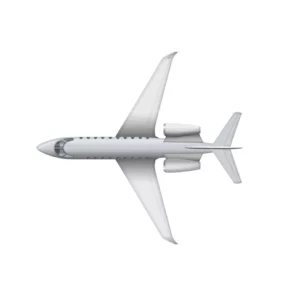
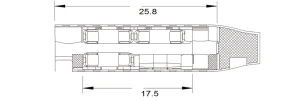


HAWKER 4000
Discover the HAWKER 4000
The Hawker 4000 was originally named the Hawker Horizon. It is a `super mid-size’ corporate jet. Design work on what was originally called the Horizon was already underway when Raytheon Corporate Jets and Beech merged in early 1995 to form Raytheon Aircraft. The new design, initially labeled PD376, was one of three projects the new Raytheon Aircraft was working on, along with what became the Premier I. Raytheon worked closely with potential customers in the design definition stage, and their input directly influenced the direction of the new aircraft.
One of the design philosophies in developing the Hawker 4000 is to combine the earlier Hawkers’ popular characteristics with advanced technologies. Experienced Hawker designers formed the core of the Horizon’s design team and the aircraft has been deliberately designed to look and feel like a Hawker.
The Horizon features an all-composite fuselage, which is manufactured using the automated fiber placement technology developed for the Premier I. The composite fuselage saves weight and increases cabin volume. The empennage features an aluminum substructure and carbon fiber skin.
Power will be from two digitally controlled Pratt & Whitney Canada PW308A turbofans. P&WC is a risk-sharing partner in the program, as is avionics integrator Honeywell (the Horizon will feature Honeywell’s Primus Epic avionics suite with five flat panel color LCD’s).
Passengers: 9
Range: 3,100 nautical miles
Cabin Dimensions: 975 cubic feet
Speed: 476 MPH
Cargo Capacity: 114 cubic feet
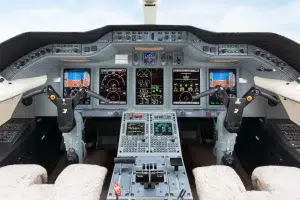
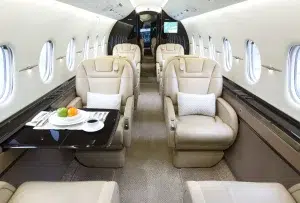
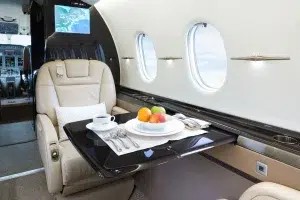
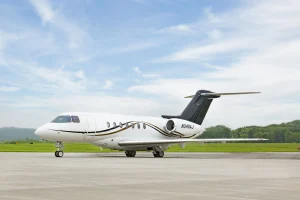
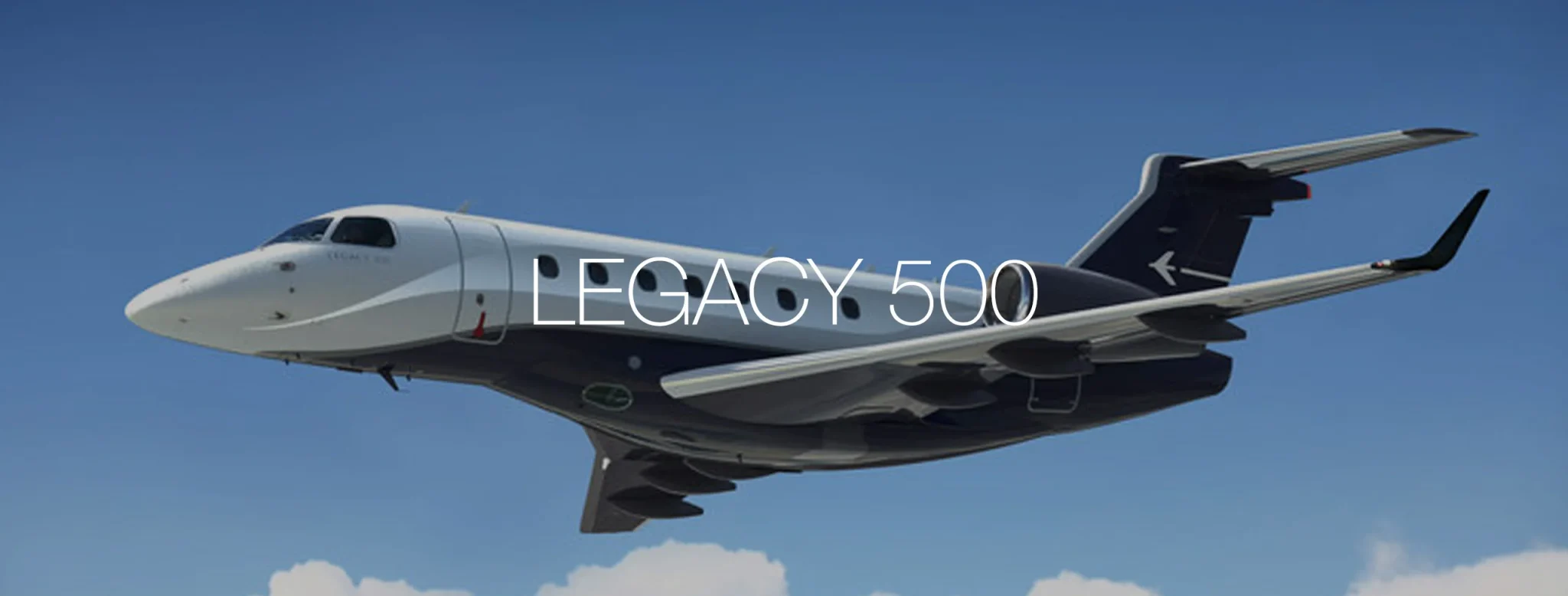
LEGACY 500
Discover the LEGACY 500
The Embraer Legacy 500 was officially launched at the 2008 EBACE.
The program was delayed more than a year by software issues with its fly-by-wire system. The initial Legacy 500 was rolled out for first flight in November 2011 but the first flight didn’t occur until a year later in December 2012 due to the issues with the flight control system.
The Legacy 500 is powered by two Honeywell HTF7500E engines that produce 6,500 lbs of thrust each. The cockpit is equipped with Rockwell Pro Line Fusion avionics. In 2015, the Legacy 500 is slated to become the first aircraft equipped with optional Rockwell Collins HGS-3500 head-up guidance and multi-spectrum EVS-3000 camera systems. The IR/videocam will be able to detect LED runway and taxiway lights. The avionics maker believes HGS/EVS will qualify as an enhanced flight vision system, enabling operators who use it to fly down to lower weather minimums.
The Legacy 500 is expected to be certified mid 2014.
Passengers: 8
Range: 3,027 nautical miles
Cabin Dimensions: 1,122 cubic feet
Speed: 440 MPH
Cargo Capacity: 155 cubic feet








Simply Unmatched
Dominican Republic's Finest Upscale Property Collection.

Simply Worry-Free
Safe and secure booking, and 24/7 customer support.

Simply Unforgettable
Crafting Timeless Memories: Impeccable Stays, Every Time.
Need More Information?
Ascend To Unprecedented Travel Experiences. Reach Out Now For Your Personalized Jet Charter Details!
Contact Us Now!

